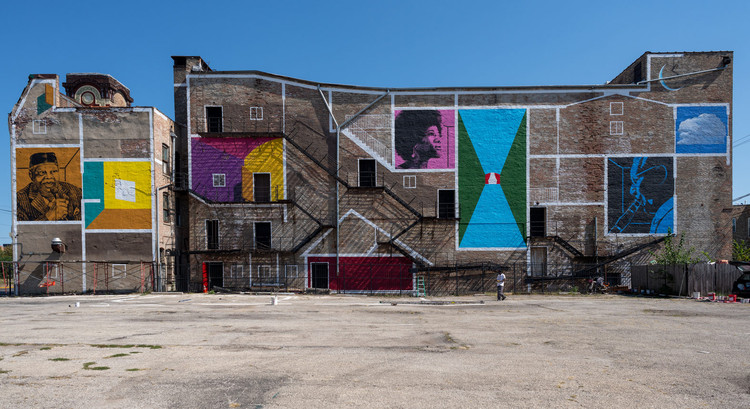How 2,000 Architects and Designers Envision the Future of Architectural Visualization
How 2,000 Architects and Designers Envision the Future of Architectural Visualization

Do you ever wonder what the future holds for architectural visualization? To answer this question and understand the present state and expectations for the future of architectural visualization, over 2,000 architects and designers were surveyed through a commissioned study conducted by Architizer on behalf of Chaos Enscape.
Design professionals were presented with topics such as the influence of real-time rendering and what approach is being taken toward the rise of AI. The results highlight two key findings:
- Real-time rendering is widely practiced and increasing in popularity
- The use of AI is rising at a rapid pace
About the Survey Participants
Among the design professionals who participated in the survey, the average participant worked in a firm with between 20 and over 100 employees. Their roles were in architecture or a specialist discipline such as interior design, engineering, landscape architecture, and product design.
While most of the participants were based in the USA, there were also participants based in the UK, Australia, Germany, and numerous other countries worldwide. The blend of backgrounds and expertise contributed to a more comprehensive outlook.

The Impact of Real-time Rendering
Fast-paced and widely practiced
To better envision the future of architectural visualization, it is important to first look at the current landscape. As technology advances, rendering solutions continue to play a crucial role in helping architects and designers meet client expectations and project demands, as revealed in the survey results.
More than 75% of respondents indicated they use real-time rendering daily or at least twice per week. Its prevalence in the everyday workflow of many design professionals is likely the result of clients expecting multiple design options of a certain quality from the outset of a project.
Additionally, this trend reflects the growing ease of use and compatibility of visualization tools. Although rendering software has been around in architecture for many years, it’s only recently that real-time software has become compatible across a broad spectrum of hardware, from workstations to laptops, allowing renderings to be produced more efficiently.
A revolutionary change
Nearly half of architects use real-time rendering to speed up projects. 46% of the survey respondents stated that saving time and speeding up the design process was a key benefit for them. Other benefits stated were:
- The quickness of applying and reviewing different materials options (selected by 54% of respondents)
- Walking through a model with clients or collaborators (selected by 50% of respondents)
- Reviewing daylighting instantly in 3D (selected by 48% of respondents)

The Rise of AI in the Architectural Visualization Space
AI is a disruptor that’s catching on quickly in the architectural visualization space. According to the survey results, more than half of firms already use it to improve their visualization work.
55% of the survey respondents are either fully embracing AI or have begun experimenting with it. The results disclose that larger firms are welcoming and adopting AI more quickly than smaller firms, which could simply come down to larger firms having more resources available for experimentation.
When participants were asked which technology they believe will become more prevalent in architectural workflows in the near future, AI-assisted visualizations (18% of respondents) emerged as the second most widely anticipated development after real-time rendering (20% of respondents).
A Burgeoning Technological Revolution
The steady adoption of real-time rendering over time has been a long time coming, as its advances in processing power enable design professionals to bring their concepts to life and give them more streamlined workflows. It has firmly established its presence within the industry.
On the other hand, the sudden availability and attention given to AI and the ease of use of AI visualization tools, which is not typical for new technology, has situated the industry amid a burgeoning technological revolution.
The simultaneous rise of both technologies signifies their essential roles and influence in architectural visualization in the coming years. Find out more insights into visualization trends, the impact of real-time rendering, and the rise of AI by downloading the full Future of Architectural Visualization report.


